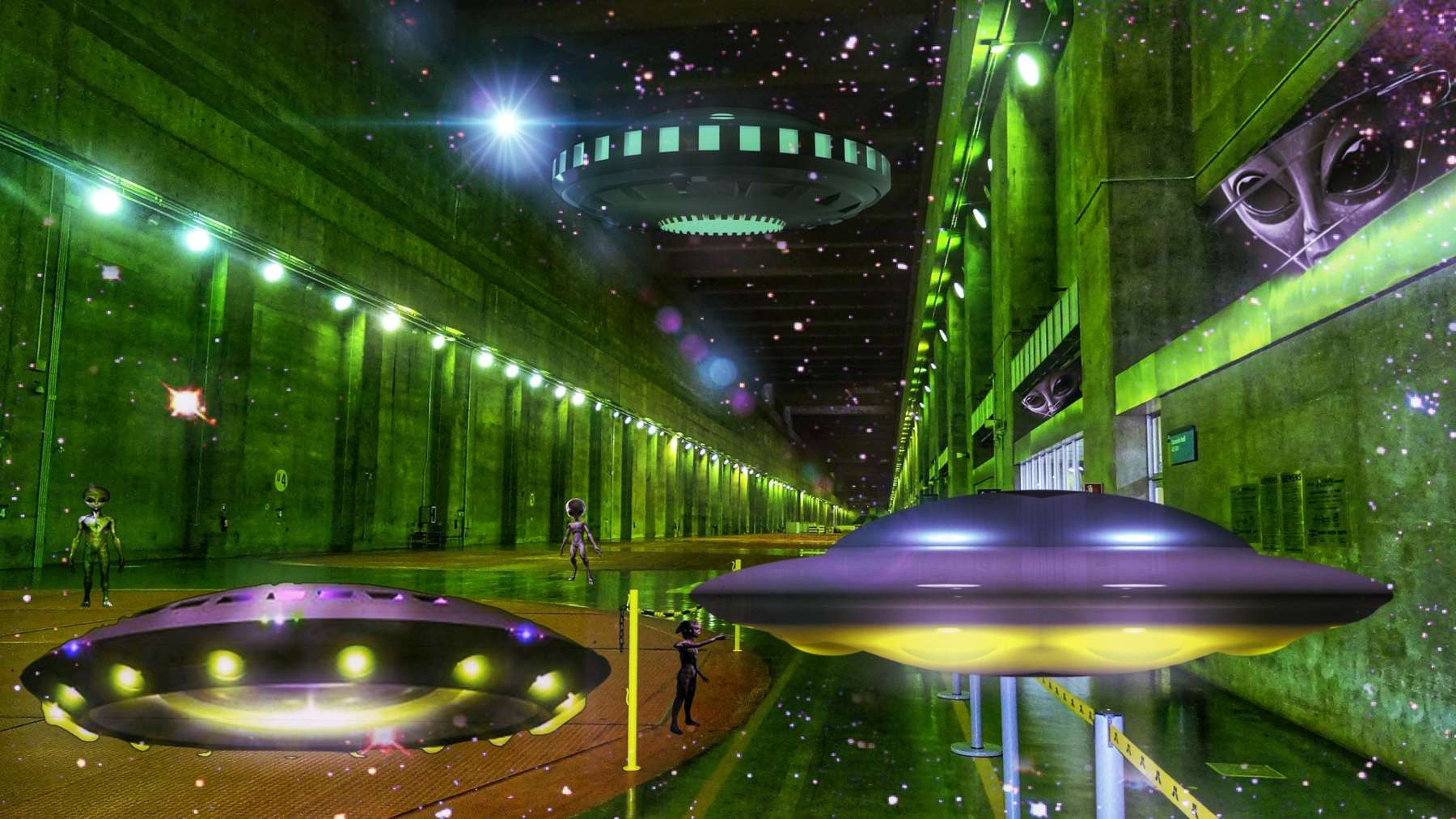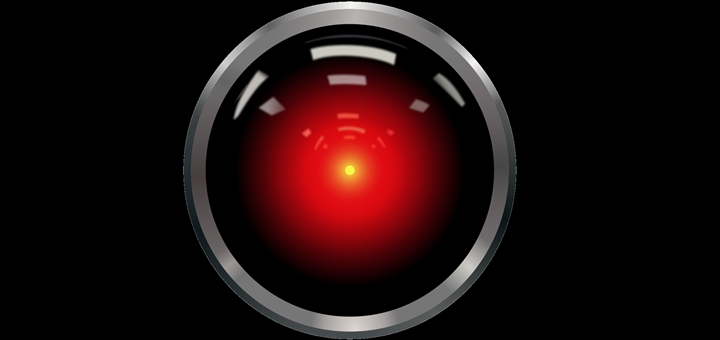In 1950, physicist Enrico Fermi asserted that life was common in the universe, but he wondered. where are those civilizations, where are their spaceships, your communications, even your trash, if we can’t find any clues. To this day, the known universe remains a vast expanse of virginity, where it seems that no one has ever set foot, artifacts, or operated radio waves.
Another approach to tracking alien technology
Ten years after Fermi’s question, 95-year-old Anglo-American physicist and mathematician Freeman Dyson published an article in Science magazine that offered a clue. to find fingerprints of alien technology In the universe.
Dyson, professor emeritus at the Institute for Advanced Study at Princeton, said: advanced civilization will reap light from its own sun builds around it a kind of “artificial biosphere”, containing the equipment and machinery necessary to harness solar radiation.
In search of Dyson ball
From there, the alleged megastructure of this type became known as the Dyson sphere, although the original concept, physicists admit, came from author Olaf Stapledon, (1886-1950) author of the novel Star Maker, published in 1937.
Initially, Dyson introduced the idea that there might be some kind of artifact cloud orbiting, which is then reinterpreted as a solid structure.
Dyson made sure that such a construction can be detected from a great distance, with the large-scale conversion of starlight into far infrared radiation, which can be seen clearly.
The sphere would trap the light at the same time as it would release the residual heat to the outside, so the star’s very distinct infrared emission could reveal the presence of the megastructure.
Infrared portrait of the whole sky
Dyson’s proposal attracted the interest of almost all scientists at the time, who began to speculate about it.
Twenty years later, it can be put into practice with the launch of the Infra-Red Astronomical Satellite (IRAS), which surveys all long infrared wavelengths.
IRAS, created by NASA, the UK and the Netherlands, was launched in 1983 and became the first space telescope to take an infrared portrait of the entire sky.
The results of the study were surprising, Dyson said, as about one million sources found across the sky, however, none of those emissions seem to respond to the fingerprints of space technology.
They are young stars still shrouded in the cloud of dust from which they came and which are heated by emitting infrared radiation.
Since 1993, the SETI (Search for Extraterrestrial Intelligence) project has survived with private funding, but last April, the United States Congress allocate 20 million dollars to search for “tech companies” in the universe.

“Problem solver. Proud twitter specialist. Travel aficionado. Introvert. Coffee trailblazer. Professional zombie ninja. Extreme gamer.”







